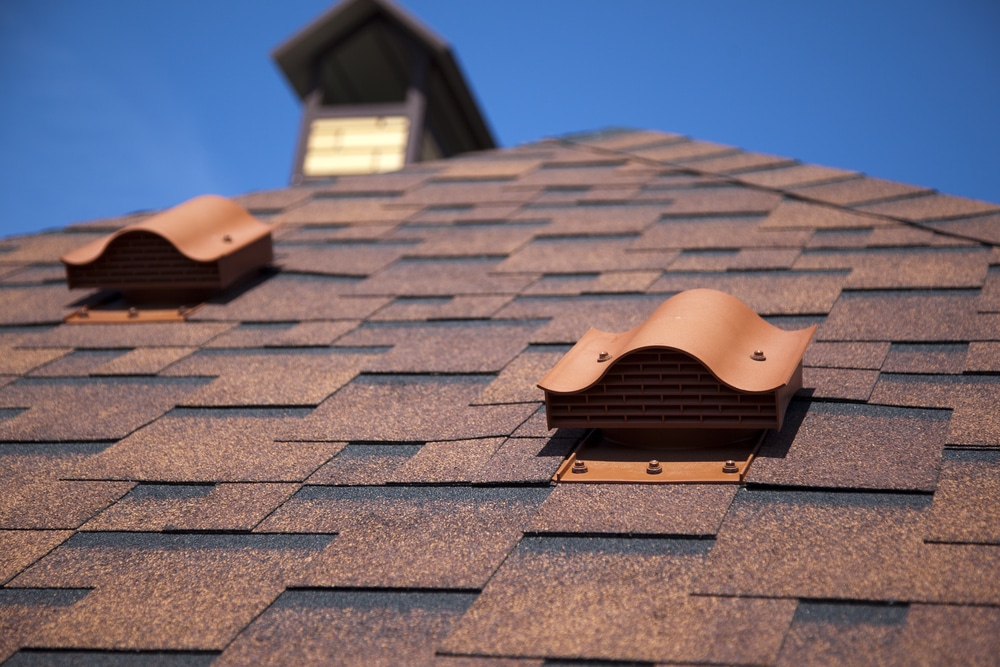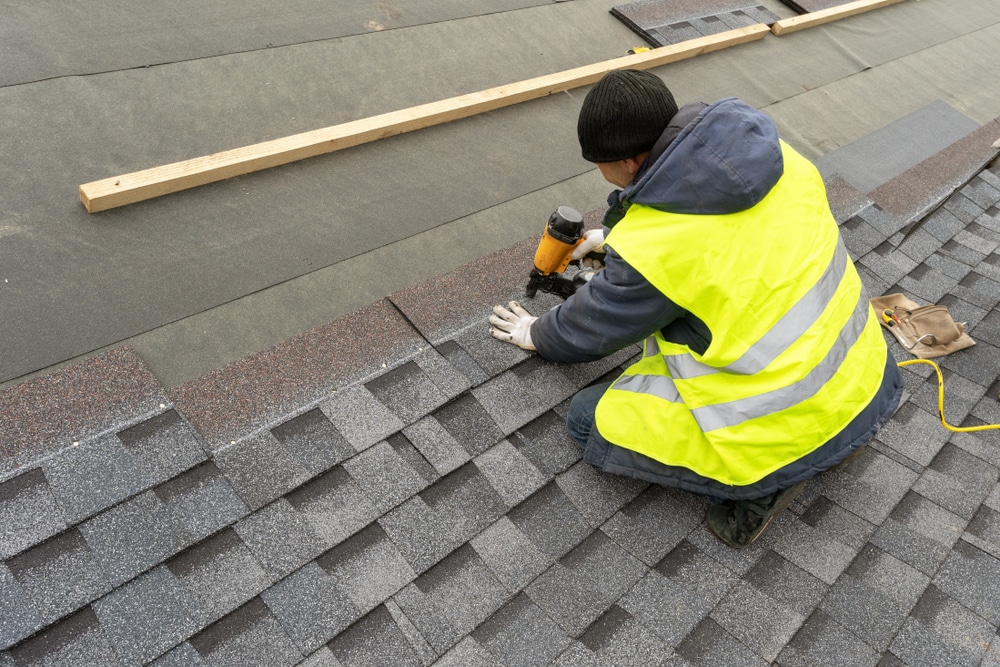There are a few concepts that will be important for the long-term care of your roof and related home components, and one of these is the theme of ventilation. This is a concept that covers both the roof itself and the attic area that typically lays underneath the roof, and it’s important for ensuring that several possible threats aren’t able to form or grow in this area.
At The Roof Doctor, we’re happy to assist Salt Lake City and nearby clients with a huge range of roof replacements, roof repairs and many other roofing services. We regularly help clients with all their roof and attic ventilation needs, including informing them of their various vent type options and which would likely be ideal for their roof. Why are roof vents important in the first place, and what are some of the main options available in this area? Here’s a simple primer.
Why Roof Vents Are Important
First and foremost, let’s go over why roof vents are important — which starts with a breakdown of the two general roof vent types:
- Intake vents: These vents bring fresh air into the attic, and they do so by opening up small spaces in the lower part of the roof.
- Exhaust vents: These vents help to push hot air out of the attic, and they do this by opening up small spaces near the peak of the roof.
You might be wondering why you need both types of vents — after all, couldn’t you just have exhaust vents to get rid of the hot air? The answer is that you need both types to create a continuous airflow, which helps to ensure that the temperature in the attic stays regulated. It also helps to prevent moisture buildup, which can cause all sorts of problems like mold growth and wood rot.
Not only this, but this kind of dual setup also keeps the air from your attic out of the rest of your home, which is important for maintaining good indoor air quality. Our next several sections will go over the different types of roof/attic ventilation that are available, plus which might be ideal for your setup.
Box Vents
Also known as low-profile vents or “static” vents, box vents are a type of exhaust vent that contain absolutely no moving parts of any kind. They’re installed on top of a hole that’s cut into the roof, with their main purpose being to let hot air escape while also keeping rain, snow and other debris from getting into the attic.
One of the main advantages of box vents is that they’re incredibly easy to install, which helps to keep costs down. Not only this, but they don’t require any kind of maintenance whatsoever since they don’t have any moving parts. The tradeoff is that they’re not as effective at removing hot air from the attic as some of the other options on this list, which is why they’re typically used in conjunction with another type of vent.
Wind Turbines
Another “passive” form of exhaust vent is the wind turbine, which is also known by the name “whirlybird.” These vents don’t have any moving parts either, and they work by using the wind to create a kind of suction that pulls hot air out of the attic.
Wind turbines are often used in conjunction with box vents or other types of exhaust vents, and they can be a great way to supplement the ventilation in your attic. That said, they’re not right for every situation — especially if you live in an area with very little wind, in which case they might not do much of anything.
Ridge Vents
Also known as continuous ridge vents, these exhaust vents are installed on the ridge of the roof, which is the horizontal line that runs along the peak. They work by providing an unobstructed path for hot air to escape, and they’re often used in conjunction with soffit vents (more on these in a second).
One of the main advantages of ridge vents is that they’re very effective at removing hot air from the attic, and they can even be used as the sole form of ventilation in some cases. That said, they can be difficult and costly to install — especially if your roof isn’t designed to accommodate them.
Soffit Vents
As we just mentioned, soffit vents are installed on the soffits of a roof, which is the area where the roof overhang meets the exterior wall of the house. These vents work by providing a way for air to flow into the attic, which helps to balance out the airflow and prevents hot air from getting trapped.
Soffit vents are a great option for most homes, and they can be used in conjunction with other types of vents. They’re commonly utilized alongside ridge vents, for instance.
Power Vents
These vents utilize fans that are powered by electricity, and they’re often used in attics that are particularly large or poorly ventilated. Power vents work by actively drawing air out of the attic, which helps to ensure that the temperature stays regulated.
Cupola Vents
While these are sometimes considered decorative features, cupola vents can actually be quite functional as well. They work in a similar way to ridge vents, providing an unobstructed path for hot air to escape.
Gable Vents
Finally, gable vents are quite high up on the side of your home, and can work as either an intake or exhaust vent depending on how they’re installed. These vents are often used in conjunction with soffit vents to ensure proper airflow.
To learn more about any of your roof and attic ventilation options, or for more on our roof repairs or other roofing services in SLC or nearby areas, speak to our team at The Roof Doctor today.



